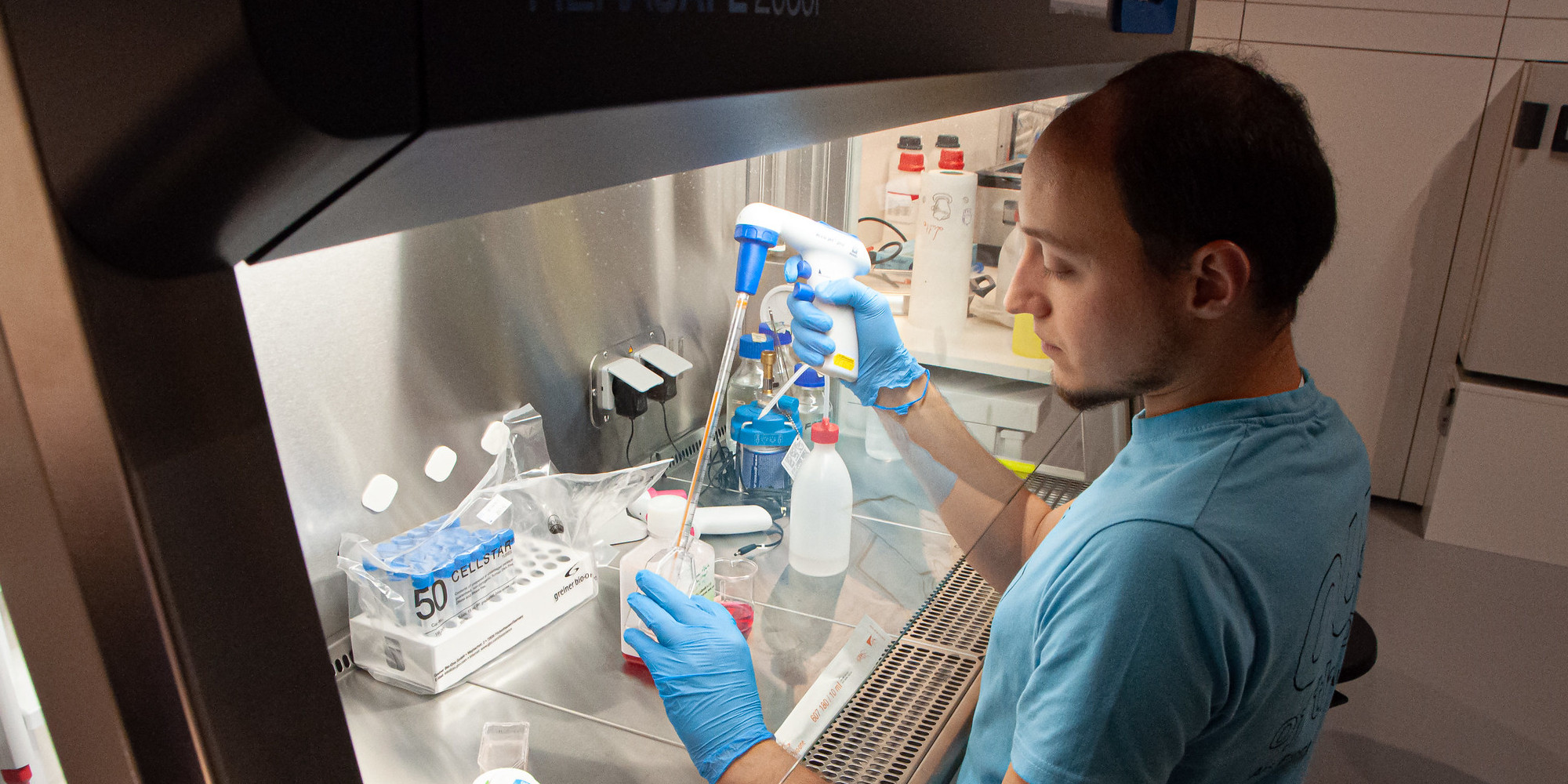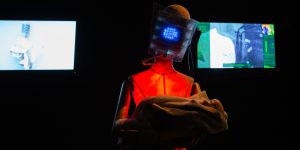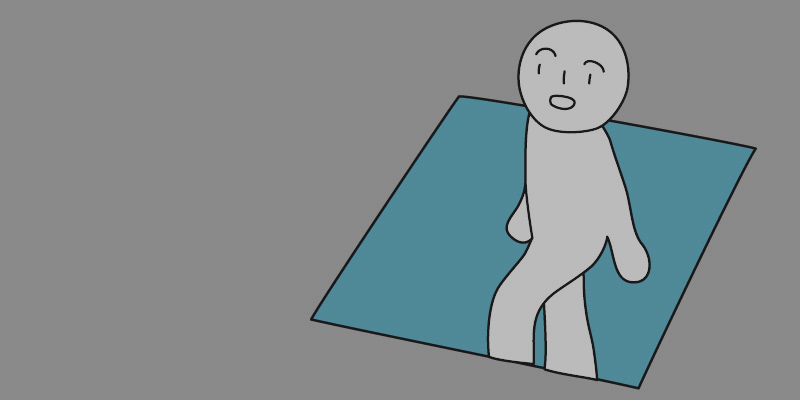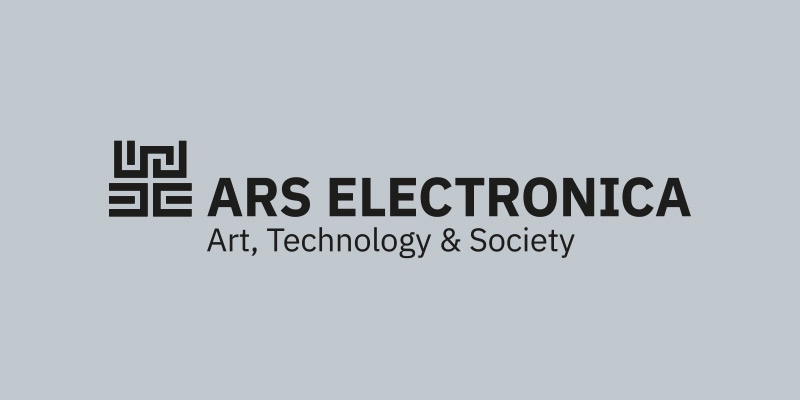Curator: Diego Pimentel
Is Humanity near its end? Is our community in an evolutionary process of collective thought? These are some of the questions we ask ourselves at the Lat BioLab.
Fargas raises the hypothesis of perpetuating human life in unexplored environments, in the charge of robotic entities that house human embryos. The question is: will AI be able to educate the future humans scattered throughout of the universe? Are we willing to allow intelligent and autonomous entities, independent of human control, the care and preservation of our species?
Robotika, The Nannybot is a cyber nanny whose duty is to preserve the human species if the end of human civilization arrives in a near or distant future challenging the limits of the human being concept. Fargas imagines that humanity will be soon in a technological position to send capsules containing potential human life to far away destinations within the universe. Based on this fiction, he conceived this project in 2010.
Since ancient times, circles represented the synthesis of the community. Bloom states that the first manifestations of collective thought between bacteria arose more than three and a half million years ago, while Harari argues that the essence of the Homo Sapiens is based on his ability to cooperate. The circle as an ancient geometric figure remind us Stonhenge, 3000BC. It is also present in Leonardo’s Uomo Vitrubiano and even as a fundamental component of the human iris. Embroiderers use a circle for their warp and weft. The Earth itself can be perceived as a circle when observed from the space.
Ecodermis’s skin is framed by this circle. The images produced by the public are projected over the stretched synthetic skin, composing a collective construction where participants choose to donate a photographic imprint of their skin. Each participant is asked: Do we want to donate our individuality to the collective human of Ecodermis? Or do we prefer to preserve it? From its decisions the skin mutates, transforms and is synthesized into a single skin.
Project Credits:
- Ecodermis: Alejandra Marinaro, concept and development
- Diego Alberti, programmer
- Mika Balbuena, photographer
- Diego Pimentel, curator
- Robotika: Joaquín Fargas, Artist
- Lat BioLab
- Elia Gasparolo, Design and Development
Biografie:
Diego Pimentel (AR), Director at Centro Cultural San Martín, Professor at San Andrés University, National University of Arts and scientific advisor for the Cuenca del Plata University. Independent consultant in art, design and technology projects for institutions, governments and companies. Director and curator of Noviembre Electrónico from its beginnings, also author of books and papers published on international congresses, and speaker in conferences at universities and institutions in several countries.




